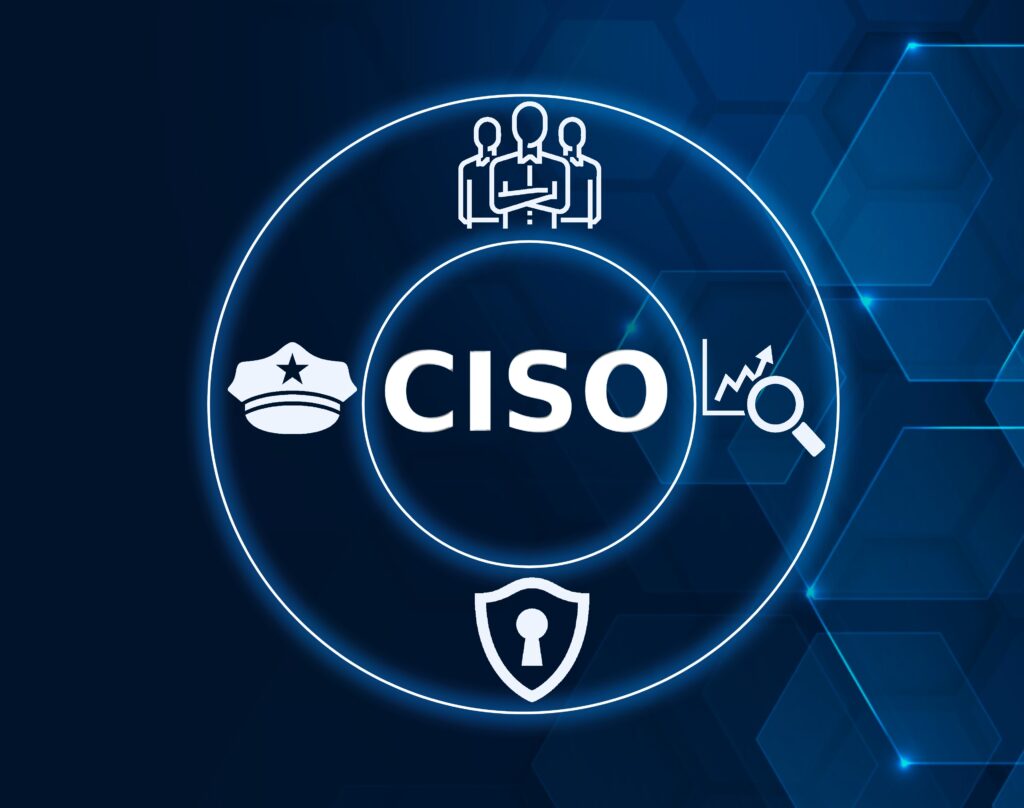Patient engagement is a critical part of the healthcare revolution.
Research suggests that the chronic care model (CCM) of healthcare is positive for patient outcomes, and patient engagement is a cornerstone of that approach.
“Patient engagement initiatives have led to reductions in hospital visits, decreased morbidity and mortality, and improvements in treatment adherence and quality of life associated with chronic diseases such as heart failure, ulcerative colitis, and asthma,” explained http://medicaleconomics.modernmedicine.com/medical-economics/news/engaging-patients-decrease-costs-and-improve-outcomes?page=full Medical Economics.
There are various ways for a provider to integrate patient engagement, such as setting up appointments, handling communication with the office, medication refills, and coordinating interaction with clinicians. Notably, these activities mean that the patient experience becomes more technological, and not everyone will feel comfortable with that. However, the overall response is positive.
The vast majority of patients like the idea of health self-management. A poll from 2010 revealed that nearly four in five people (79%) preferred clinics that gave them the option to communicate through an Internet browser, mobile app, or at a PC station. Other research shows that some patients are even willing to be billed for digital access.
For all the above reasons, providers are taking a step toward interoperable, patient-centered healthcare with projects built on healthcare-exclusive cloud systems http://live-cleardata.pantheonsite.io/solutions/multi-cloud-platform/.
Moving Away From The “Bystander” Model
Patient engagement can be thought of, in part, as a new evolution of patient compliance. Both concepts are valid and helpful. While compliance is more of a top-down concept, engagement is more interactive and participatory.
You want to achieve two basic goals with any patient engagement project, both of which can be accomplished with appropriate data access and strong hosting:
- Your team will have the ability to reliably figure out which chronic patients are in the most urgent need of care.
- Your patients will be able to better succeed with lifestyle modifications, comply with at-home tasks, and give their input so that they have a say in their own care.
Philadelphia internist Thompson H. Boyd III, MD, said that his hospital added a patient system in 2014 but was still working through the kinks of promoting it. To him, it’s essential that the physicians talk to patients about why the system is helpful.
“We’re trying to reduce the barriers to getting patients enrolled, getting them signed on,” said http://www.healthcareitnews.com/news/smart-data-key-patient-engagement Boyd. “We’re changing some workflows: Having the physicians say, ‘This is good, you’ve got to get on,’ is going to be key.”
After all, if 79% of patients want these types of environments, and if mutual benefit will be achieved by patient and provider, what’s not to like?
Engaging with the emergent healthcare cloud
IDC has stated that 80% of healthcare data will be processed through cloud VMs by 2020. Needless to say, a core concern is that the system is built with patient security and HIPAA compliance is mind.
ClearDATA is the solution. With us, you can run your patient engagement app in a HIPAA-compliant http://live-cleardata.pantheonsite.io/solutions/compliance/, healthcare-exclusive cloud.


